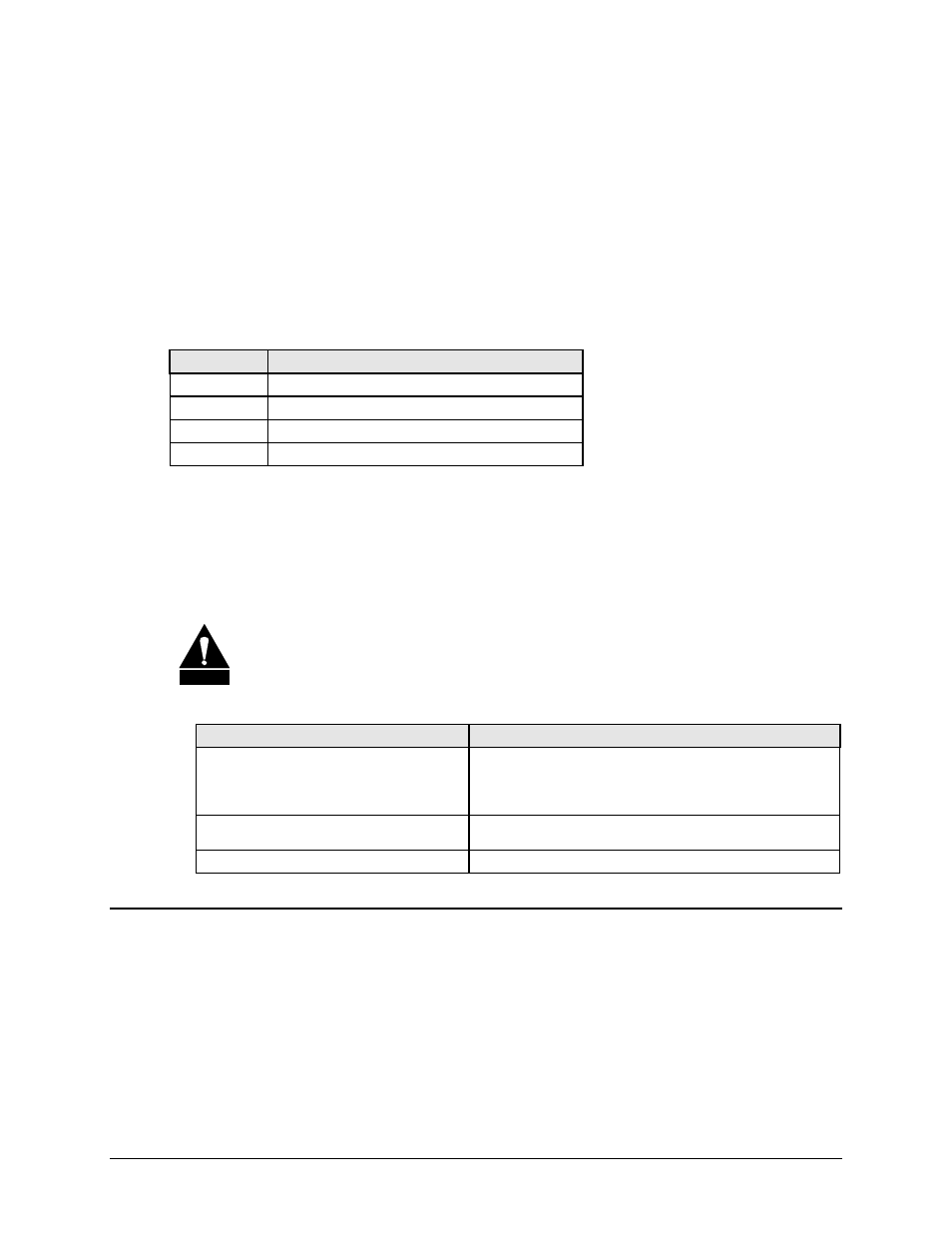5 trellis coding (fast option) – Comtech EF Data CDM-600/600L User Manual
Page 124

CDM-600/600L Open Network Satellite Modem
Revision 3
Forward Error Correction Options
MN/CDM600L.IOM
6–4
almost identical coding gain. There is also a 225, 205 code available that it compatible with
legacy EF Data modems.
When Viterbi decoding is used as the primary FEC, an interleaver depth of 4 is used. When
Sequential decoding is used, an interleaver depth of 8 is used. The increase in coding gain is at
the expense of delay. The interleaving/de-interleaving delay and the delay through the decoder
itself can be as high as 25 kbps. At very low data rates, this equates to several seconds, making it
highly unsuitable for voice applications. Additionally, the de-interleaver frame synchronization
method can add significantly to the time taken for the demodulator to declare acquisition.
Open Network Modes:
Code Rate
Mode
219, 201
Standard IESS-308 E1, and IESS-310 mode
225, 205
Standard IESS-308 T1
194, 178
Standard IESS-308 T2/E2
126, 112
Standard IESS-309 modes
A characteristic of concatenated Reed-Solomon coding is the very pronounced threshold effect. For
any given modem design, there will be a threshold value of E
b
/N
o
below which the demodulator
cannot stay synchronized. This may be due to the carrier-recovery circuits, or the synchronization
threshold of the primary FEC device, or both. In the CDM-600/600L, and Rate 1/2 operation, this
threshold is around 4 dB E
b
/N
o
. Below this value, operation is not possible, but above this value, the
error performance of the concatenated Reed-Solomon system produces exceptionally low error rates
for a very small increase in E
b
/N
o
.
CAUTION
Care should be taken not to operate the demodulator near its sync threshold.
Small fluctuations in E
b
/N
o
may cause total loss of the link, with the subsequent
need for the demodulator to re-acquire the signal.
Table 6-3. Concatenated Reed-Solomon Coding Summary
FOR
AGAINST
Exceptionally good BER performance –
several orders of magnitude
improvement in link BER under given
link conditions.
Very pronounced threshold effect – does not fail
gracefully in poor E
b
/N
o
conditions. Additional coding
overhead actually degrades sync threshold, and reduces
link fade margin.
Very small additional bandwidth
expansion
Significant processing delay (~25 kbps) – not good for
voice, or IP applications
Adds to demod acquisition time.
6.5
Trellis Coding (FAST Option)
In the other FEC methods described here, the processes of coding and modulation are independent –
the FEC codec has no knowledge of, or interaction with the modulator. However, there are schemes
in which the coding and modulation are combined together, where the encoder places FEC symbols
in a precise manner into the signal constellation. This can yield an overall improvement in
performance, and is used in higher-order modulation schemes, such as 8-PSK, 16-PSK, 16-QAM,
etc. When convolution coding is used, the overall coded modulation approach is referred to as
Trellis Coded Modulation (TCM). Ungerboeck was an early pioneer, and developed optimum
mapping and decoding schemes. However, the decoding scheme was seen as complex, and
